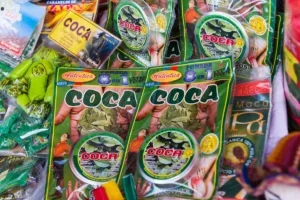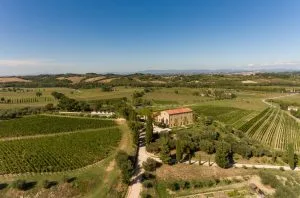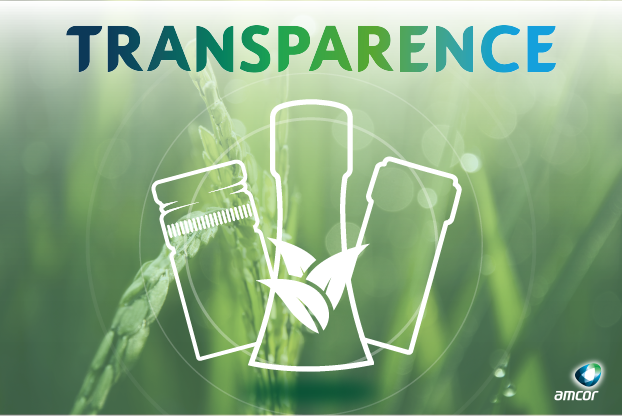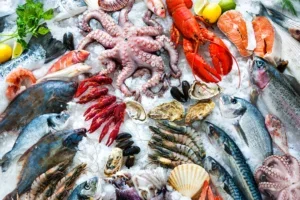From Roman residues to cocaine tonics, Stuart Walton explores the long strange history of the practice of adding other psychoactive substances to alcohol.
In 1996, archaeological excavations at a site called the Villa Vesuvio on the outskirts of Pompeii unearthed a set of seven large clay vessels. Each had a dry organic deposit at the bottom, indicating that, in antiquity, they had been filled with wine. What fascinated historians of the ancient world was the biochemical composition of the “yellow, foamy” residue contained in one particular jar. Analysis by the archaeologist Marina Ciaraldi determined that, in addition to grapevine material, the contents had also included opium, cannabis, white henbane, and black nightshade, the last a potent source of the deliriant hallucinogenic alkaloid, scopolamine.
Speculation as to what purposes such a hectically psychoactive infusion would have been put ran rife. In an ambitious speculative work of 2021, The Immortality Key, Brian Muraresku, a classicist turned international lawyer, suggested that the find might well indicate that early Christian communities of the first century AD used psychoactive wine in their rituals, having learned the recipes from the centuries-old ceremonial practices of the classical Greek world. Was Christianity originally an entheogenic religion? In other words, did it base its claims to the transubstantiation of the Eucharist, the literal metamorphosis of bread and wine into the martyred body and blood of Jesus, on a transformative ritual of intoxication? Exactly what was in the shared cup at the Last Supper?
These speculations will prove all
This Article was originally published on World of Fine Wine






